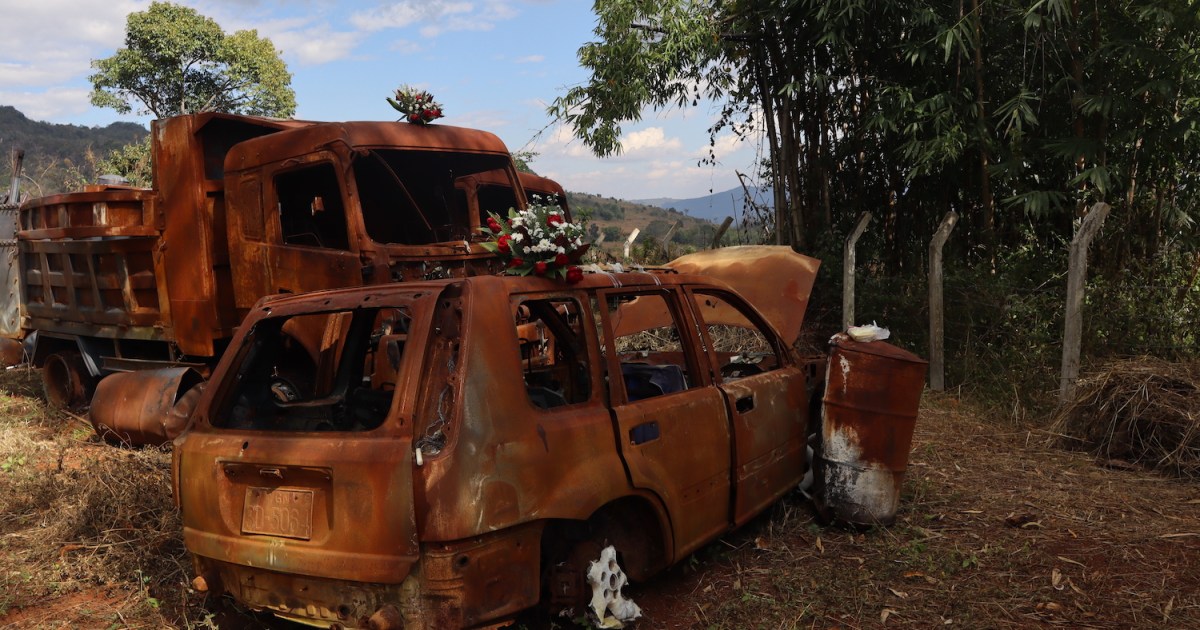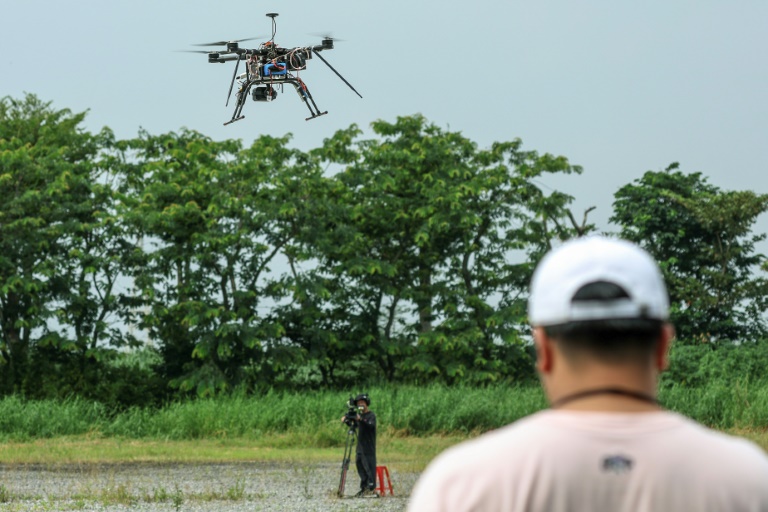Kayah State, Myanmar – On December 28, in his clinic in Myanmar’s eastern Kayah State, Dr Oak wrapped up a routine check on a pregnant woman and removed some non-threatening shrapnel from the leg of a resistance fighter.
Exactly two years earlier, he was living a nightmare, examining the charred remains of 33 civilians brutally killed by the Myanmar military.
Exactly two years earlier, he was living a nightmare, examining the charred remains of 33 civilians brutally killed by the Myanmar military.
“Before, when I was working in the hospital, I might see one or two bodies at a time. But when I saw that many bodies at once, and understood the cruelty of the way the military killed them, I felt devastated and terrified,” he told Al Jazeera. “I felt so sorry for their family members because they can’t even identify their loved ones and say a proper goodbye.”
Dr Oak, who asked to be identified by a nickname to protect his family, has been living in Kayah State since December 15, 2021. After the military seized power in a coup in February of that year, he quit his job at a government hospital in his native Ayeyarwady Region and joined a mass strike of civil servants known as the Civil Disobedience Movement.
After a few months of participating in street protests and then hiding in safe houses in Ayeyarwady and Yangon, he headed to Kayah intending to join the burgeoning armed resistance.
“In the beginning, I was planning to get a gun and fight. I just wanted to fight the military so badly. But when I arrived here, they already had so many soldiers but they really needed doctors. So I realised this was the best way for me to help,” he said.
Link from www.aljazeera.com















